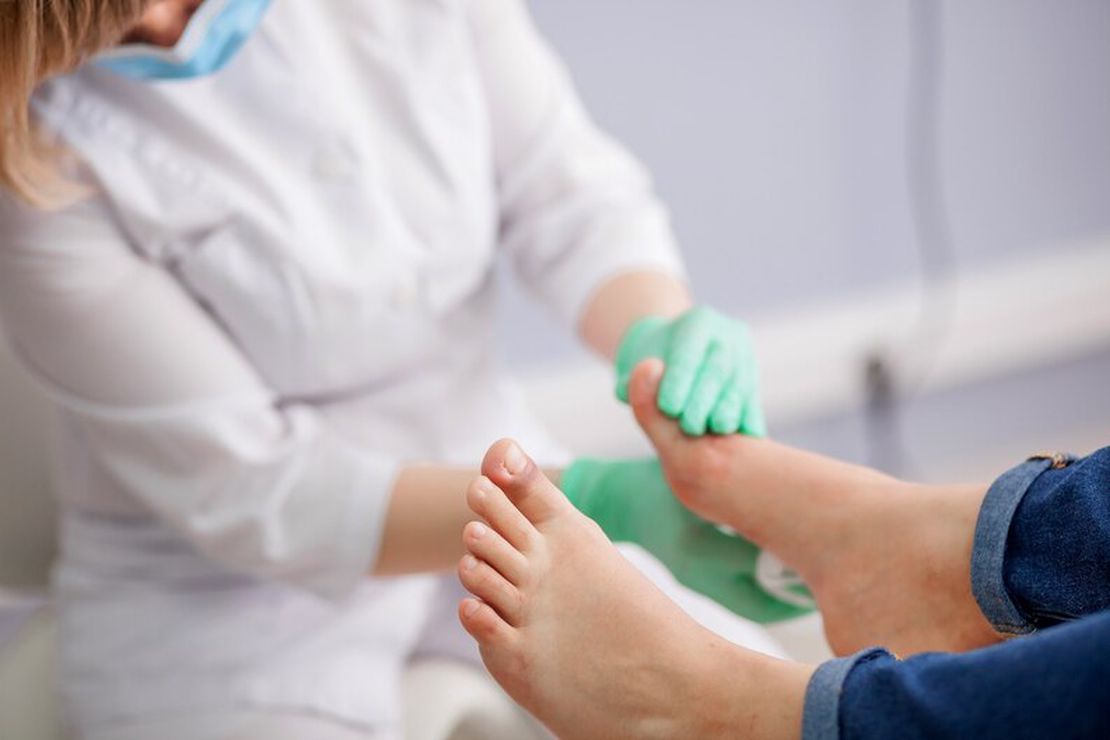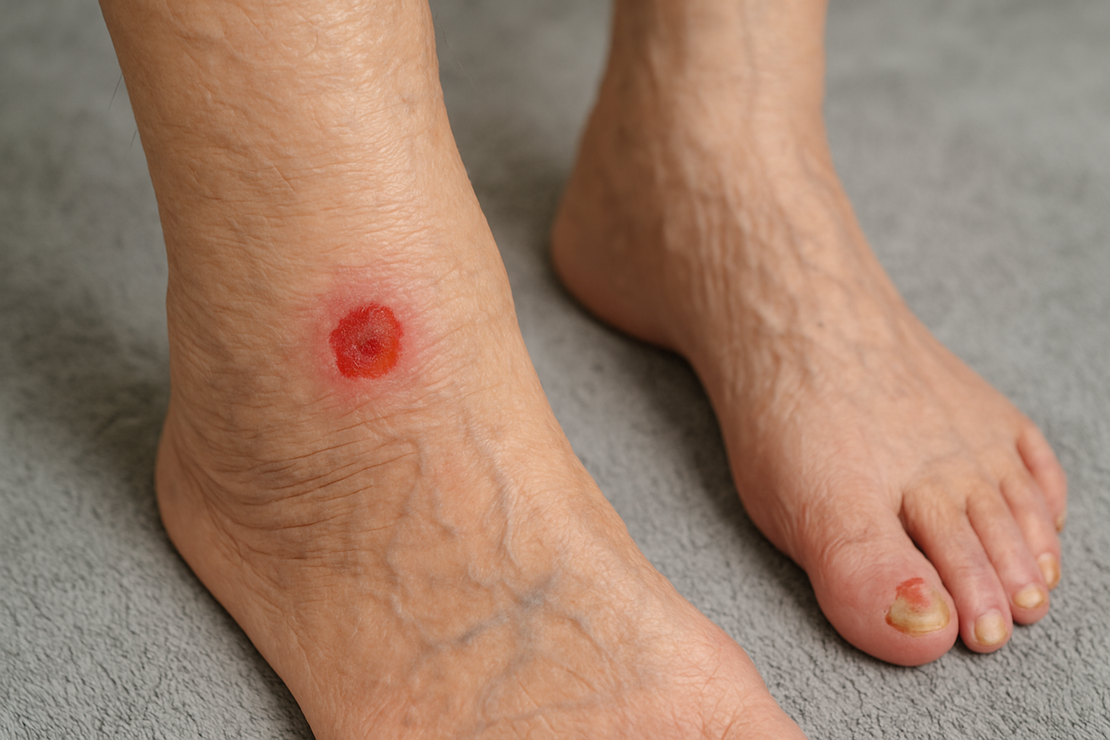Diabetes has become an increasingly important public health problem worldwide. Particularly, diabetic foot and diabetic foot symptoms are among the most common and serious complications of this disease. Diabetic foot wounds carry an increased risk of skin injuries and infections due to damage to nerves and blood vessels caused by high blood sugar levels. Therefore, effective classification and treatment of diabetic foot wounds and diabetic foot symptoms is of great importance. Wagner and PEDIS classifications are methods frequently preferred in this field and form the basis of clinical decisions. These classifications are also widely used in Istanbul diabetic foot treatment centers.
You can read our article What Happens When Diabetes Affects the Feet? to get basic information about diabetic foot.
Classification of Diabetic Foot Wounds and Treatment Approaches: Wagner and PEDIS
Proper classification is of great importance for effective treatment of diabetic foot wounds. Wagner and PEDIS classifications are standard methods used to assess the severity of diabetic foot wounds and determine appropriate treatment strategies. These classifications guide treatment planning by considering factors such as wound depth, presence of infection, circulation status and other clinical factors.
Wagner Classification: Wound Degree and Risk Assessment
The Wagner classification determines the degree of wounds by classifying diabetic foot ulcers in six stages. This classification takes into account factors such as wound depth, presence of necrosis, and bone infection. Stages ranging from zero to five show the severity of wounds in increasing order. While risk factors are evaluated in stage zero, stage five includes signs of serious necrosis and infection. The Wagner classification is used to determine the severity and infection risk of diabetic foot wounds and provides clinical guidance in directing treatment options. The Wagner classification also plays an important role in treatment planning of patients in Istanbul and surrounding areas.
Wagner Classification Stages:
- Stage 0: Risk factors present, no wound
- Stage 1: Superficial ulcer
- Stage 2: Deep ulcer, tendon/capsule visible
- Stage 3: Deep ulcer, bone visible
- Stage 4: Gangrene (forefoot)
- Stage 5: Gangrene (entire foot)
PEDIS Classification: Infection Severity and Treatment Assessment
The PEDIS classification is used to assess the infection risk of diabetic foot wounds. The PEDIS acronym, consisting of five components: “Perfusion” (circulation), “infection”, “debridement” (wound cleaning), “function” and “sensory”, is used to assess the severity of infection and wound status. This classification includes clinical findings and laboratory tests and provides a solid foundation for determining patients’ treatment strategies. Diabetic foot symptoms and infection severity can be analyzed more accurately with the PEDIS classification.
PEDIS Classification Components:
- P (Perfusion): Circulation status
- E (Extent): Wound size
- D (Depth): Wound depth
- I (Infection): Presence of infection
- S (Sensation): Sensory status
You can read our article Osteomyelitis (Bone Infection) for more information about diabetic foot infections.
Personalized Treatment Approach and Multidisciplinary Team Collaboration
Although Wagner and PEDIS classifications are of great importance in the management of diabetic foot wounds, each patient should be evaluated individually. Effective treatment of diabetic foot wounds should be personalized according to the patient’s general health status, wound characteristics and infection risk. Therefore, while classifications only provide guidance, treatment plans should be shaped according to the patient’s special needs. In Istanbul diabetic foot treatment centers, personalized treatment plans are also created with a multidisciplinary team approach.
You can visit our treatment methods page for more detailed information about diabetic foot treatment.
Multidisciplinary Team Approach
Effective management of diabetic foot wounds requires a multidisciplinary team approach. Specialists such as endocrinologists, infection specialists, surgeons, podiatrists and nurses come together to evaluate the patient’s medical history, wound characteristics and general health status. This team creates a comprehensive treatment plan that includes different components such as infection control, circulation regulation, wound care, debridement, antibiotic treatment and surgical intervention when necessary. Such teams in Istanbul and surrounding areas work to improve patients’ quality of life.
Team Members:
- Endocrinologist
- Infectious disease specialist
- Vascular surgeon
- Podiatrist
- Nurse
- Physiotherapist
You can read our article Hyperbaric Oxygen Therapy to learn about modern treatment methods.
Conclusion
Diabetic foot wounds and infections can cause serious health problems and require effective treatment. Wagner and PEDIS classifications are important tools in evaluating these wounds and determining treatment strategies. However, each patient should be evaluated uniquely and the treatment plan should be personalized. With a multidisciplinary team approach, effective management of diabetic foot wounds will be possible. Health professionals should strive to improve patients’ quality of life and prevent serious complications by using these classifications as a guide. Creating awareness about diabetes, foot health and diabetic foot symptoms is of great importance for early diagnosis and treatment.
You can also read our article Buerger’s Disease and Wound Care for more information about wound care and protection methods.




